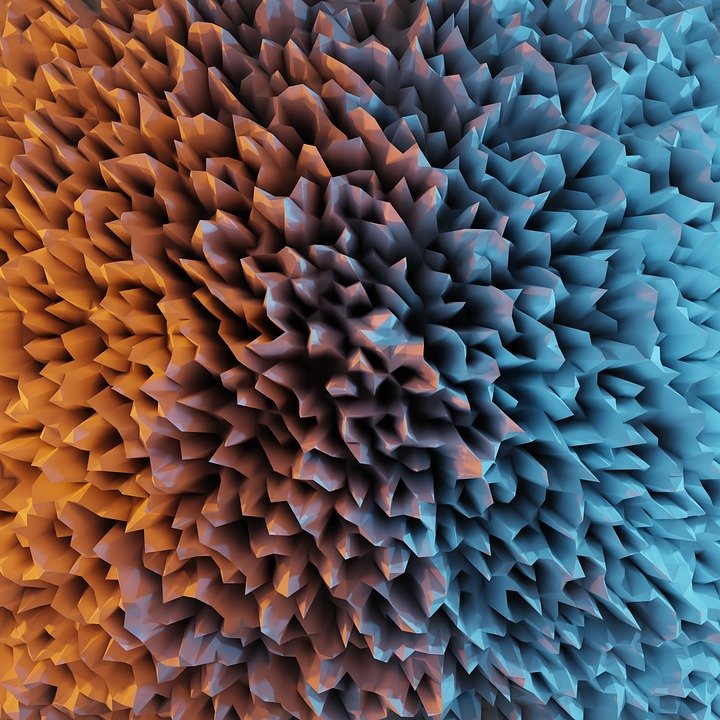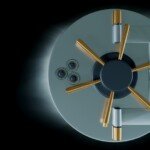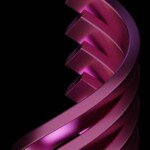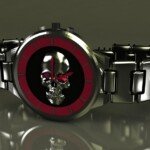The complex world of 3D printing suppressors: Navigating complex legal landscapes
Around the manufacturing of gun components, especially suppressors (although usually inaccurate, called suppressors "Silencer"). Although the technical feasibility of printing function suppressors is becoming more and more impressive, Legal consequences It is a maze of federal regulations networks, and misunderstandings can lead to serious penalties.
Understand the core: National Firearms Act (NFA)
Our cornerstone suppressor adjustment is The National Firearms Act of 1934 (NFA) and subsequent amendments. Under NFA:
- Suppressors are defined as guns: Legally, the suppressor is not just an accessory; yes The gun itself is strictly controlled by the NFA. Regardless of the manufacturing method – traditional manufacturing or additive manufacturing (3D printing).
- Strict regulations: Owning or manufacturing NFA items (including suppressors) requires:
- Register with ATF: Each suppressor must be registered with alcohol, tobacco, guns and explosives (ATFs).
- Pay a $200 tax voucher: Before transfer or manufacturing (outside the SOT/licensed manufacturer environment), each item is subject to a mandatory tax.
- Extensive background checks: Usually more stringent than standard gun background checks, involving fingerprints and notifications of local law enforcement.
- Approval through the form process: Submit and Approve Table 4 (Transfer/Owner) or Table 1 (to "Production").
- Comply with state laws: NFA compliance is federal, but many states explicitly prohibit civilians from suppressing ownership regardless of federal status.
3D Printing Suppressor: Where the Manufacturing Industry Complies with the Law
This is where DIY and professional manufacturing are very different:
-
Amateurs/"Home winemaker" route:
- Table 1 is mandatory: hope Production Suppressors – including 3D printing – Must The first Apply for ATF through Form 1 and pay $200 in tax stamps forward Start any manufacturing work. Operation in the reverse order (print first, use later) creates an unregistered illegal NFA gun immediately.
- No registration = felony: Owning or manufacturing an unauthorized suppressor of Form 1 is a federal felony and is subject to imprisonment of up to 10 years and/or substantial fine. The ATF deals with unregistered printing suppressors with the same severity as an unregistered machine gun.
- Technical limitations and legal risks: Even if the printed suppressor is only suitable for a few rounds, no pre-approved suppressor is required to create an illegal NFA project. Intent is important; possession yes crime.
- Professional manufacturing routes (where Greatlight operates):
- Under GCA and NFA licenses: Professional manufacturers involved in the production of guns or NFA items must Under the Gun Control Act (GCA), the Federal Gun License (FFL) is held and, crucially, pay the Special Occupational Tax (SOT) as a Type 07 FFL (Guns and Ammunition Manufacturer) to legally produce NFA Suppressors.
- Strict process and regulations: Such entities operate under strict ATF review. Each manufacturing step, material traceability, serial number application, record keeping and transfer processes are strictly regulated and audited.
- no Provide services to consumers: It is crucial that Companies like Greatlight cannot legally accept private orders simply "Print a suppressor" Represent them. We manufacture components according to strict legal approaches:
- Directly used in law enforcement or government agencies.
- For all regulations, follow all regulations, for other licensed FFL/SOT manufacturers, they will handle the necessary NFA transfers and registrations (using Table 4) to the end user.
- Applicable to customers with specific ATF approval contracts client Hold the necessary FFL/SOT to receive the project as raw material or component.
Why 3D printing of metal? Professional advantages of law
exist license Manufacturing environment (FFL/SOT holders), metal 3D printing provides important advantages:
- Complex internal geometry: Optimized baffle designs that maximize gas diffusion and reduce sound through traditional machining is difficult or impossible.
- Material Innovation: Printing with advanced high-strength alloys (such as titanium, inconel, specialized stainless steel) improves durability under extremely high heat and pressure.
- Rapid prototype and iteration: For licensed R&D departments, printing allows faster design iterations and functional testing to meet specific performance requirements.
- Integrated features: Direct printing of the potential of mounts or other integrated features reduces potential failure points.
Risks and consequences: Steep prices of ignorance
The consequences of illegal manufacturing or possession of 3D printing suppressors cannot be exaggerated:
- Federal Felony Charge: As mentioned above.
- Asset Confiscation: Potential seizure of computers, 3D printers and other assets used in illegal activities.
- Loss of rights: Loss of future gun ownership.
- Civil penalties: Major fines.
- Reputation damage: For businesses, illegal participation can lead to permanent loss of licensing and public trust.
Conclusion: Stomp carefully and seek professional knowledge
The intersection of 3D printed and NFA-regulated items such as suppressors is full of uninspired legal dangers. This technology enables licensed manufacturers to produce high-performance devices with innovative features, but Before any manufacturing industry, the process of printing the suppressor as a personal without strictly following the NFA Form 1 is clear.
For individuals: Consult a qualified gun lawyer who is familiar with NFA regulations Before considering any DIY suppression projects involving 3D printing. Understand that printing any component designed to reduce gun reports has huge legal weight.
For businesses: Partner with professional metal 3D printing services such as Greatlight for Uspressor Element Only feasible within the strict regulatory framework of FFL/SOT licenses. It requires legal expertise and consistent compliance with ATF manufacturing and transfer agreements.
FAQ (FAQ)
-
Q: Is 3D printing suppressor legal for me to use personally?
- A: Only when you receive the approved ATF Form 1 forward You can start any work (including design or printing) and pay a $200 tax. To create it first is a federal felony.
-
Q: Can I buy design files online and print them?
- one: Owning or distributing digital documents for automatic guns or suppressors has become a controversial area of law (e.g. "National Defense Distribution" case). However, Regardless of how you get the design, printing the suppressor itself is still illegal without Form 1 approval. Legal risks are the Manufacturing Law.
-
Q: If my printing suppressor breaks quickly, is it still regulated?
- A: Yes. The design intention and its function as a suppressor, and even briefly defines it as a limitation of NFA guns. Even flawed attempts to work prototypes remain illegal without prior approval.
-
Q: Can Greatlight print a suppressor for me if I need it?
- A: No, Greglight cannot directly manufacture or transfer the suppressor to private. We provide metal 3D printing services to licensed entities (FFL/SOT holders, law enforcement, governments) that operate in accordance with the ATF regulations for manufacturing and transfer of established NFA projects. We must verify the customer’s licensing status for such projects.
-
Q: Are there any states that are completely illegal?
- A: Yes. While federal law allows ownership/use of approved Form 4 and tax vouchers, states such as California, New York, Illinois, Massachusetts, New Jersey, Delaware, and Rhode Island (as of the end of 2023) generally prohibit the repressed civilian ownership, regardless of federal approval. Always check your state and local laws.
- Q: Why use metal 3D printing to suppress the device instead of buying commercially?
- one: (For licensed entities): Metal 3D printing can make complex internal geometries and materials (e.g., heat-resistant alloys) potentially deliver superior performance (reduced sound, reduced heat dissipation, weight loss) or specific integration requirements that are difficult to achieve with traditional manufacturing. It facilitates rapid prototyping and customization of specialized applications (e.g., military, research).
Accurate Partner with Complex Metal Solutions: Greglight Metal 3D Printing
Navigating complex manufacturing challenges requires advanced solutions and firm compliance. Greglight is a leading professional Metal 3D printing manufacturerequipped with cutting-edge additive manufacturing technology and deep production expertise. We focus on overcoming complex metal parts manufacturing barriers, providing not only accurate printing, but also comprehensive printing One-stop post-processing and completion service. From professional alloys to complex geometries, we offer Customized high-quality metal components Fast manufacture to meet strict specifications. Whether you are an FFL/SOT holder who develops next-generation suppressor designs for the legal market, engineers push the boundaries of aerospace components, or manufacturers who need strong industrial parts,
Greatlight Metal 3D printing is the first choice for customized precision machining, combining innovation, quality and speed. Confidently customize your precision metal parts and ensure the best value – Contact Greatlight now.


















